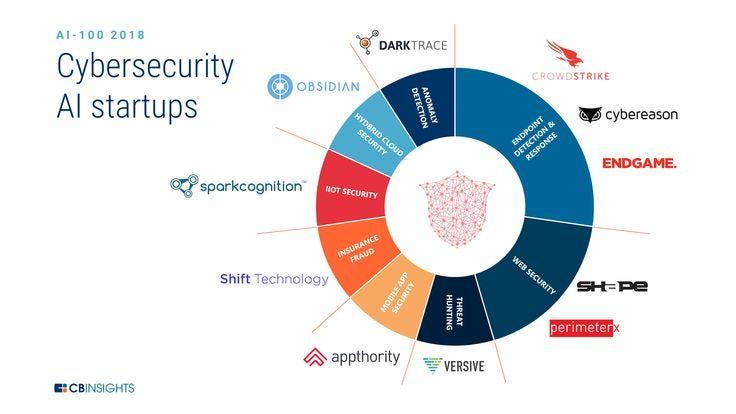Web Application Firewalls or WAF protect websites by monitoring and filtering HTTP traffic between a web application and the internet. They detect and block attempts to insert malicious SQL queries through input fields, filter out scripts that could be injected into web pages and executed by users' browsers, and stop users from executing unauthorized commands.
In 2023, cross-site scripting accounted for more than half of all new WordPress security vulnerabilities.
WAF can identify and block traffic from malicious bots that scrape content, attempt brute force logins, or perform other harmful activities. They help mitigate Distributed Denial of Service attacks by blocking malicious traffic and allowing legitimate traffic to pass through.
The risk of abandoned plugins on WordPress
Patchstack reported 827 WordPress themes and plugins as abandoned in 2023, up from 147 in 2022. WordPress removed 58.16% of them from the plugin repository. The rising number of plugins being abandoned is very concerning because plugins account for 97% of all new security vulnerabilities. Themes make up the remaining 3%. The content system's core accounts for only 0.2%.
New regulations will enhance the community's security knowledge in 2024. Examples include the US Securing Open-Source Software Act and the new DSS 4.0 payment processing standards.
Your plan probably comes with a WAF if you have managed or secure WordPress hosting. You usually can't access the configuration settings or options, though.
How WAF help you stay safe
WAF can help prevent zero-day exploits. These cyberattacks target a previously unknown vulnerability in software, hardware, or firmware. Because the vulnerability is unknown to the vendor or the public at the time of the attack, there is no available patch or fix to prevent it, making such exploits particularly dangerous.
WAF use heuristics and behavior analysis to detect and block suspicious activities that could indicate a zero-day exploit. They provide a security layer that can protect against vulnerabilities in applications even before patches are applied.
Preventing data loss
WAF identify and block attempts to extract sensitive data, such as credit card numbers. They do this by monitoring and analyzing HTTP/HTTPS traffic. They use regular expressions to identify strings that resemble sensitive information. They monitor for unusual traffic spikes, irregular access times, or atypical data volumes.
Request limiting
WAF can limit the number of requests from a single IP address or user, preventing abuse of resources and reducing the risk of brute force attacks. As of 2024, they caused 5% of all data breaches, but 80% of the breaches caused by hacks involve brute force or stolen credentials.
Decryption capabilities
Some WAF can decrypt HTTPS traffic to inspect the contents for sensitive data, re-encrypting it before forwarding to the destination. They can detect and decode encoding schemes like Base64, which cybercriminals can use to obfuscate data extraction attempts.
Base64 converts binary data into a text string using a set of 64 characters, which include lowercase letters, uppercase letters, digits, and two additional symbols. While easy to implement and use in various applications, Base64 encoded data is approximately 33% larger than the original binary data. Base64 is an encoding method, not encryption, and offers no security for the encoded data.
Final thoughts
WAF are a crucial component of web security, but relying solely on them is not enough to protect a website. Some sophisticated attacks may bypass them, especially if they exploit vulnerabilities not covered by the WAF's rules and signatures.
Keep your software, plugins, and server operating systems updated to protect against known vulnerabilities. Implementing secure coding practices and conducting regular code reviews can help prevent vulnerabilities in the application code.



